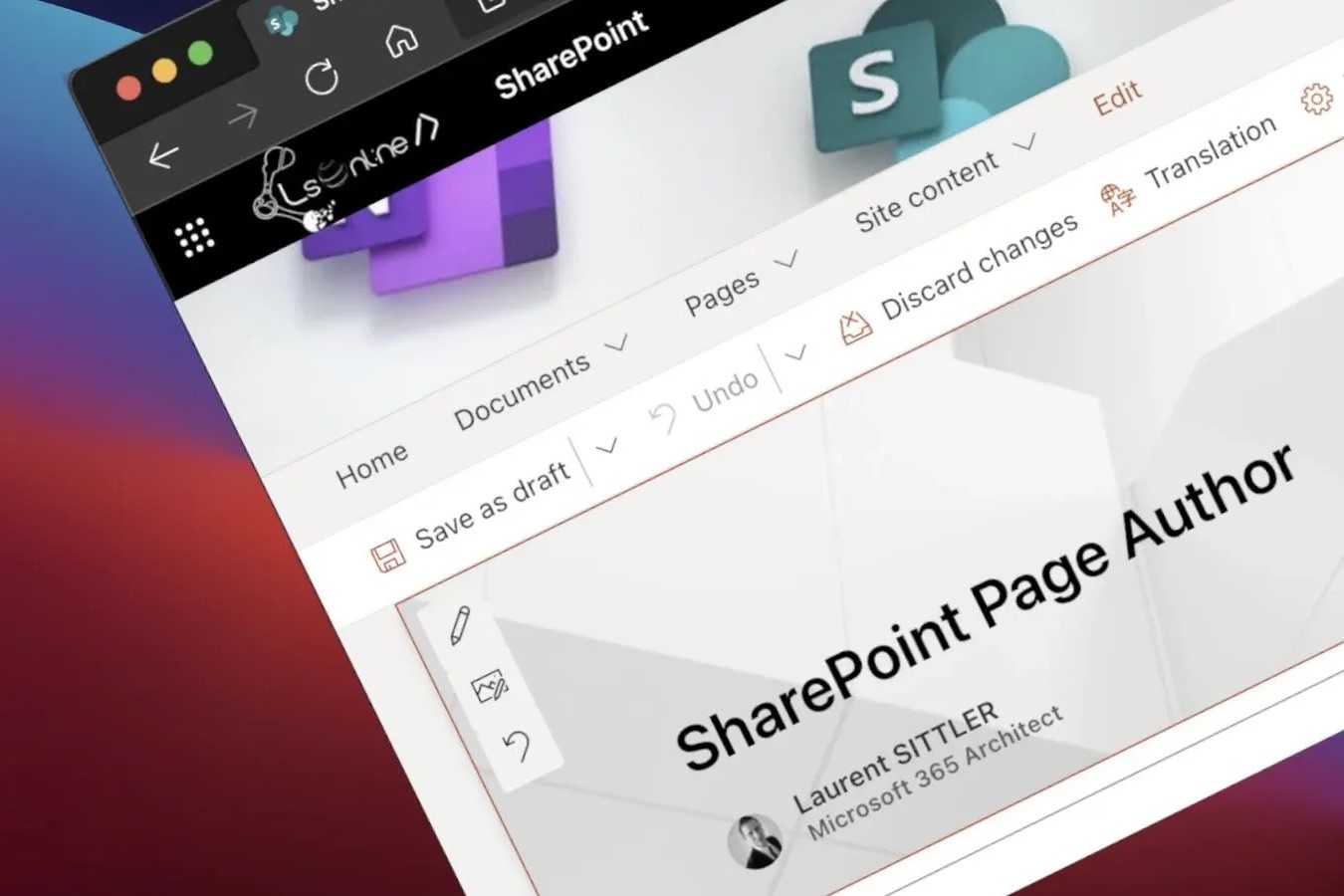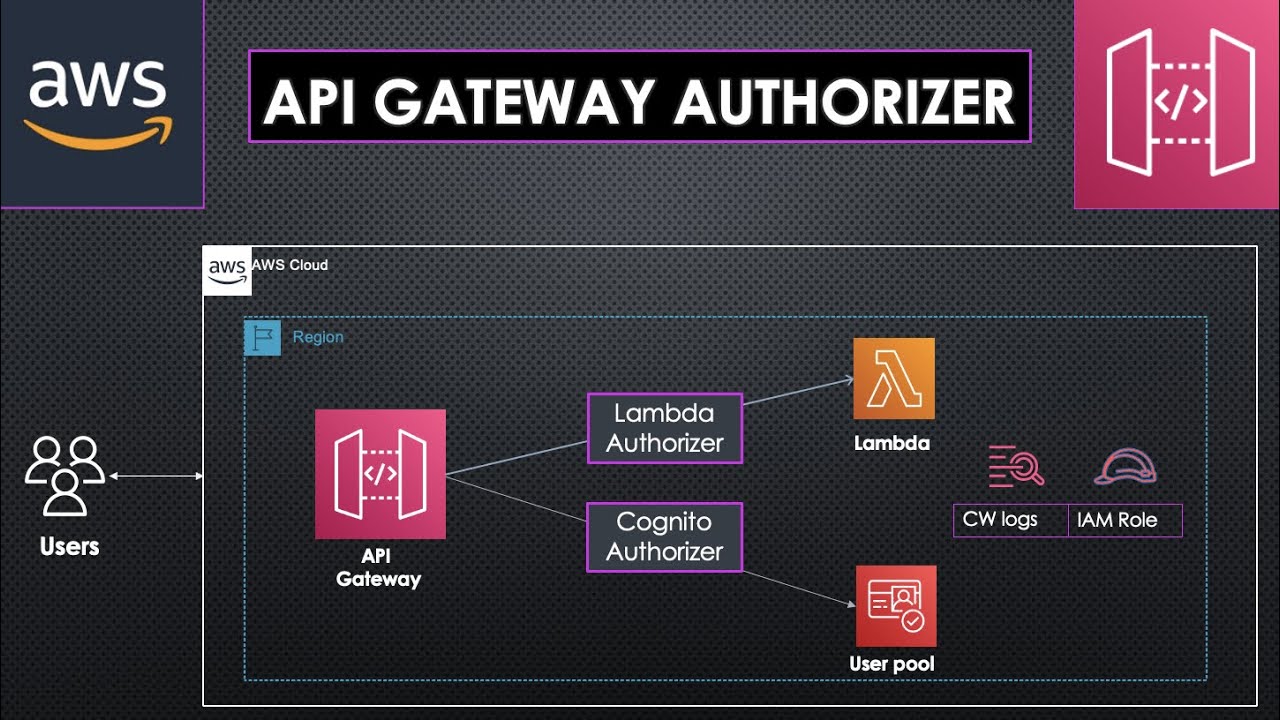Home>Technology and Computers>Creating A Custom Webpart For Sharepoint Online Pages


Technology and Computers
Creating A Custom Webpart For Sharepoint Online Pages
Published: January 23, 2024
Learn how to create a custom web part for SharePoint Online pages with our comprehensive guide. Explore the latest technology and computer trends.
(Many of the links in this article redirect to a specific reviewed product. Your purchase of these products through affiliate links helps to generate commission for Noodls.com, at no extra cost. Learn more)
Table of Contents
Introduction
SharePoint Online, a cloud-based service hosted by Microsoft, offers a powerful platform for organizations to collaborate, manage content, and streamline business processes. One of the key features that sets SharePoint Online apart is its ability to customize and extend functionality through webparts. Webparts are reusable components that allow users to modify and personalize SharePoint pages, enhancing the overall user experience.
In this article, we will delve into the process of creating a custom webpart for SharePoint Online pages. Whether you are a developer looking to expand your skill set or a SharePoint administrator seeking to enhance the functionality of your organization's SharePoint site, understanding how to create custom webparts is a valuable asset.
By the end of this article, you will have a comprehensive understanding of the development environment setup, the process of creating a custom webpart, and the deployment and testing of the webpart within a SharePoint Online environment. This knowledge will empower you to tailor SharePoint Online pages to meet specific business requirements, ultimately improving productivity and user satisfaction.
Let's embark on this journey to unlock the potential of SharePoint Online webparts and harness the full capabilities of this dynamic platform.
Understanding SharePoint Online Webparts
SharePoint Online webparts are fundamental building blocks that empower users to customize and enhance the functionality of their SharePoint sites. These modular components enable the seamless integration of diverse content and applications, providing a tailored and dynamic user experience. Understanding the different types of webparts and their capabilities is essential for effectively leveraging the full potential of SharePoint Online.
Types of Webparts
SharePoint Online offers a variety of webparts, each designed to serve specific purposes. Some common types include:
-
Content Webparts: These webparts allow users to display content from various sources, such as documents, images, and videos, directly on SharePoint pages. Content webparts facilitate the presentation of information in a visually appealing manner, enhancing the overall user engagement.
-
Communication Webparts: Communication webparts enable effective collaboration and communication within the SharePoint environment. Examples include the "News" webpart, which allows users to share and consume news articles, and the "Events" webpart, which provides a platform for managing and promoting events within the organization.
-
Business Data Webparts: These webparts enable the integration of external business data into SharePoint Online. Users can display data from external sources, such as databases or line-of-business applications, directly on SharePoint pages, facilitating informed decision-making and data-driven insights.
-
Custom Webparts: Custom webparts offer unparalleled flexibility, allowing developers to create tailored solutions to address specific business requirements. By leveraging custom webparts, organizations can extend the functionality of SharePoint Online to meet unique needs and workflows.
Capabilities and Customization
SharePoint Online webparts boast a wide range of capabilities, empowering users to personalize their sites and cater to diverse user needs. These capabilities include:
-
Configuration Options: Webparts offer extensive configuration options, allowing users to customize the appearance, behavior, and content displayed within each webpart. This flexibility ensures that webparts align with the specific requirements and branding guidelines of the organization.
-
Integration with Office 365 Services: Webparts seamlessly integrate with various Office 365 services, enabling the incorporation of content from OneDrive, SharePoint lists, and other collaborative tools. This integration fosters a cohesive and interconnected digital workplace environment.
-
Responsive Design: Webparts are designed to be responsive, ensuring that content adapts to different screen sizes and devices. This responsiveness enhances accessibility and usability, catering to users accessing SharePoint Online from diverse platforms.
Understanding the diverse types and capabilities of SharePoint Online webparts is crucial for maximizing the potential of the platform. Whether leveraging out-of-the-box webparts or developing custom solutions, the ability to harness the power of webparts is instrumental in creating a tailored and efficient SharePoint Online environment.
Setting Up Development Environment
Setting up a robust development environment is a critical initial step in the process of creating a custom webpart for SharePoint Online. A well-configured development environment provides the necessary tools and resources for efficient webpart development, testing, and deployment. By following best practices for environment setup, developers can streamline the development process and ensure seamless integration with SharePoint Online.
Read more: How To Reset Instagram Explore Page
Development Tools and Frameworks
To begin, developers should ensure that they have the requisite development tools and frameworks installed. Microsoft provides the SharePoint Framework (SPFx) as the primary development framework for creating SharePoint Online webparts. Developers can utilize popular code editors such as Visual Studio Code, which offers extensive support for SPFx development through the installation of relevant extensions and plugins.
Node.js and Yeoman
Node.js, a JavaScript runtime, is a fundamental component for SPFx development. It is essential to install Node.js to leverage its package management capabilities and to run the necessary build and development scripts. Additionally, Yeoman, a scaffolding tool, plays a pivotal role in creating SPFx projects. Developers should ensure that Yeoman is installed to generate the basic structure of the webpart project.
SharePoint Workbench
SharePoint Workbench serves as a local testing environment for SPFx webparts. It allows developers to preview and test webparts within a simulated SharePoint Online environment, facilitating rapid iteration and debugging. By integrating SharePoint Workbench into the development environment, developers can validate the functionality and user interface of the webpart before deploying it to a live SharePoint site.
Dependencies and Package Management
Managing dependencies and packages is crucial for maintaining a well-organized development environment. Developers should leverage package managers such as npm (Node Package Manager) to install, update, and manage the dependencies required for SPFx development. By adhering to best practices for package management, developers can ensure the stability and reliability of their webpart projects.
Version Control Integration
Integrating version control systems, such as Git, into the development environment is essential for tracking changes, collaborating with team members, and safeguarding the codebase. By utilizing version control, developers can maintain a comprehensive history of code modifications, facilitate seamless collaboration, and mitigate the risk of code conflicts.
By meticulously setting up the development environment with the aforementioned components and best practices, developers can establish a solid foundation for creating custom webparts for SharePoint Online. This well-equipped environment empowers developers to efficiently build, test, and deploy webparts, ultimately enhancing the extensibility and functionality of SharePoint Online sites.
Creating a Custom Webpart
Creating a custom webpart for SharePoint Online involves a structured development process that leverages the SharePoint Framework (SPFx) to build tailored solutions that address specific business requirements. By following best practices and adhering to established development guidelines, developers can craft custom webparts that seamlessly integrate with SharePoint Online, offering enhanced functionality and a personalized user experience.
Development Workflow
The development workflow for creating a custom webpart begins with scaffolding a new SPFx project using Yeoman, the scaffolding tool provided by the SharePoint Framework. Developers can specify the project details, including the webpart name, description, and framework of choice. Once the project structure is generated, developers can proceed to implement the custom webpart logic and user interface components using modern web technologies such as TypeScript, React, and CSS.
Customization and Configuration
Custom webparts can be tailored to meet specific design and functionality requirements. Developers have the flexibility to customize the appearance, behavior, and data sources of the webpart, ensuring alignment with the organization's branding and user experience standards. Through the implementation of configurable properties, developers can empower end users to personalize the webpart according to their unique needs, fostering a dynamic and user-centric SharePoint environment.
Integration and Data Connectivity
Custom webparts often require seamless integration with external data sources, services, or APIs to enrich the content and functionality they offer. Developers can leverage SharePoint Framework capabilities to establish secure connections to external data repositories, enabling the retrieval and display of relevant information within the custom webpart. This integration empowers organizations to consolidate disparate data sources and present unified insights within the SharePoint Online environment.
Testing and Validation
Thorough testing is integral to the custom webpart development process. Developers can utilize the SharePoint Workbench, a local testing environment provided by the SharePoint Framework, to validate the functionality, responsiveness, and compatibility of the custom webpart across different devices and screen sizes. Rigorous testing ensures that the webpart meets performance standards and delivers a seamless user experience before deployment to a live SharePoint site.
Optimization and Performance
Optimizing the custom webpart for performance and responsiveness is paramount. Developers can employ best practices for code optimization, bundle size reduction, and efficient data fetching to enhance the overall performance of the webpart. By prioritizing performance considerations during development, developers can deliver custom webparts that contribute to a fast and efficient SharePoint Online experience for end users.
By following a systematic approach to custom webpart development, developers can create tailored solutions that extend the capabilities of SharePoint Online, empowering organizations to meet diverse business needs and deliver a compelling user experience.
Deploying and Testing the Webpart
Deploying and testing a custom webpart for SharePoint Online is a crucial phase in the development lifecycle, ensuring that the webpart functions seamlessly within the SharePoint environment and meets the specified requirements. This phase encompasses the deployment of the webpart to a live SharePoint site, rigorous testing to validate its functionality, and the implementation of best practices to ensure a smooth user experience.
Read more: How To Stream Celtics Games Online
Deployment Process
The deployment process involves packaging the custom webpart and deploying it to the SharePoint app catalog. Developers utilize the SharePoint Framework toolchain to bundle the webpart into a package that can be uploaded to the app catalog. Once the package is uploaded, administrators can deploy the webpart to specific site collections, making it available for use within SharePoint Online sites.
User Acceptance Testing
User acceptance testing (UAT) plays a pivotal role in validating the custom webpart's functionality and usability. By engaging end users and stakeholders in the testing process, organizations can gather valuable feedback and ensure that the webpart aligns with user expectations and business requirements. UAT encompasses scenarios such as verifying data connectivity, assessing user interface elements, and confirming that the webpart enhances productivity and collaboration within the SharePoint environment.
Cross-Browser and Cross-Device Testing
Thorough testing across different web browsers and devices is essential to guarantee a consistent and responsive user experience. Developers conduct cross-browser testing to ensure that the custom webpart functions optimally across popular browsers such as Google Chrome, Mozilla Firefox, and Microsoft Edge. Additionally, testing across diverse devices, including desktops, laptops, tablets, and mobile phones, ensures that the webpart adapts seamlessly to varying screen sizes and resolutions.
Performance and Load Testing
Performance and load testing are critical to assessing the custom webpart's responsiveness and scalability. By simulating varying user loads and interactions, developers can evaluate the webpart's performance under different conditions. Performance testing measures factors such as page load times, data retrieval speed, and resource utilization, ensuring that the webpart delivers a swift and efficient user experience within the SharePoint Online environment.
Accessibility Compliance Testing
Ensuring accessibility compliance is imperative to guarantee that the custom webpart is inclusive and usable by individuals with diverse abilities. Developers conduct accessibility testing to verify that the webpart adheres to accessibility standards, such as WCAG (Web Content Accessibility Guidelines), and provides an accessible experience for users who rely on assistive technologies, such as screen readers and keyboard navigation.
Continuous Monitoring and Iteration
Following deployment and testing, continuous monitoring and iteration are essential to address any potential issues and enhance the custom webpart's performance. By leveraging analytics and user feedback, organizations can identify areas for improvement and iterate on the webpart to deliver ongoing enhancements and optimizations. This iterative approach ensures that the custom webpart remains aligned with evolving user needs and technological advancements.
By meticulously deploying and testing the custom webpart, organizations can ensure that it seamlessly integrates with SharePoint Online, delivers a superior user experience, and contributes to the overall productivity and collaboration within the SharePoint environment.
Conclusion
In conclusion, the process of creating a custom webpart for SharePoint Online pages is a transformative endeavor that empowers organizations to tailor their SharePoint environments to meet specific business needs and user requirements. By understanding the diverse types and capabilities of SharePoint Online webparts, setting up a robust development environment, and following a structured approach to custom webpart development, organizations can harness the full potential of SharePoint Online as a dynamic and extensible platform.
The ability to create custom webparts offers unparalleled flexibility, enabling organizations to address unique business challenges and deliver personalized user experiences. Whether developing content-rich webparts, communication-focused solutions, or custom-tailored components, the versatility of custom webparts allows organizations to enhance collaboration, streamline processes, and present information in engaging and impactful ways.
Furthermore, the deployment and testing phase is instrumental in ensuring that custom webparts seamlessly integrate with SharePoint Online, deliver optimal performance, and adhere to accessibility and usability standards. Through rigorous testing, user acceptance validation, and continuous iteration, organizations can refine and optimize custom webparts to meet evolving user needs and technological advancements.
As organizations continue to leverage SharePoint Online as a central hub for collaboration, content management, and business process automation, the ability to create custom webparts becomes a strategic differentiator. Custom webparts not only extend the capabilities of SharePoint Online but also contribute to a cohesive and tailored digital workplace experience, driving productivity and user satisfaction.
In essence, the process of creating custom webparts for SharePoint Online pages represents a journey of innovation and customization. By embracing the potential of custom webparts, organizations can elevate their SharePoint environments, deliver compelling user experiences, and unlock new opportunities for collaboration and productivity. As the digital landscape evolves, custom webparts stand as a testament to the adaptability and extensibility of SharePoint Online, empowering organizations to thrive in a dynamic and interconnected business ecosystem.










